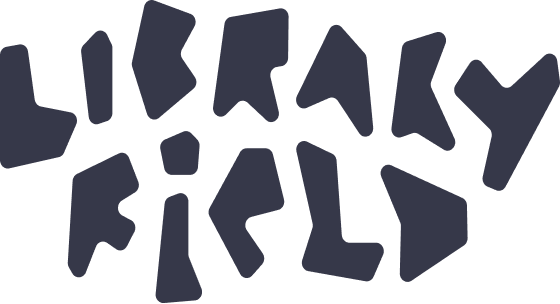
Previous posts have described our recent Library Field “Outdoor Imaginings,” hosted with Seattle-based librarian-consultants BKS Studio. Throughout the summer these sessions migrated from Greenpoint to Ward Pound Ridge to Zoom, and allowed us to explore with a range of METRO members how you might use a shared outdoor program space — and what a nature library could allow us imagine and cultivate together.
Simultaneously, I, as METRO’s new Director of Creative Research and Practice, created a Library Field Syllabus — a reading list and curated collection of art projects that plant seeds for what we might grow at the Library Field. I wanted to consider: what new critical questions about librarianship and archivy, what new experimental practices, could germinate here? How might our project prompt us to think differently about what we could collect (from seeds to soil!), as well as well as how and why; what, how, and why we preserve and classify; and how we build infrastructures that embody botanical forms and ecological principles?
We’re only at the beginning of our Library Field design process, and we want to keep these questions open to exploration and evolution. So, rather than directing and delimiting our discussion through a carefully crafted argument, I opted instead to till the imaginative field through a syllabus, which we might liken to a garden of ideas, a florilegium. Published with the open-access Syllabus Project, which brings together artists and scholars to frame the syllabus as a creative genre, this speculative Library Field Syllabus will ideally seed our ongoing conversation about how we build this field together!
